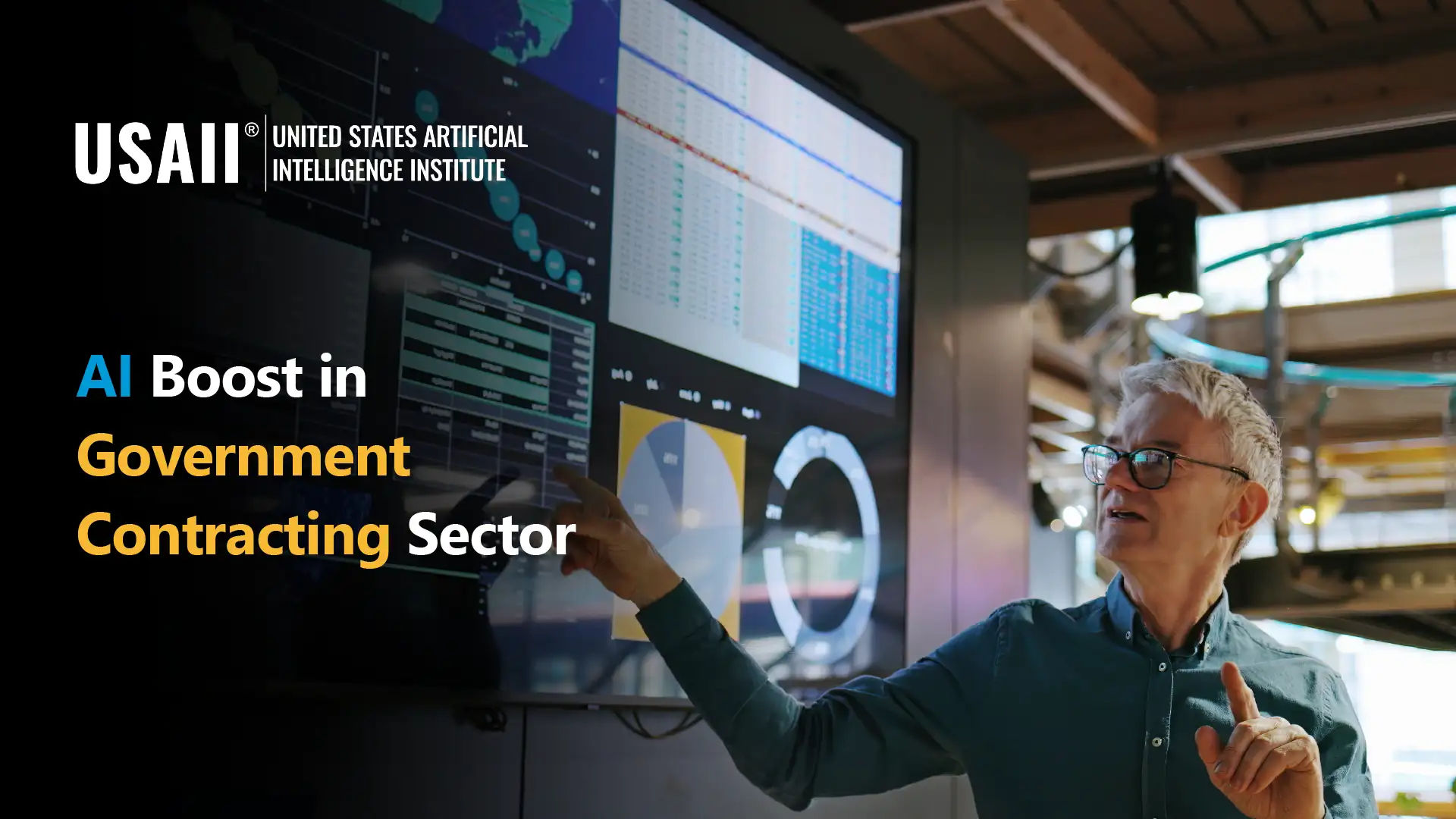
Over the last 6 years, I have led two teams, at two different government contracting firms, tasked with developing innovative AI-enabled solutions to solve hard problems in National Security. Despite the teams having developed novel technical capabilities, the organizations have failed to realize the expected benefits from their investments. In this article, I present the two major challenges that cause this to recur and describe how the CAITL™ course has empowered me to overcome them in the future.
The GovCon Industry
The government contracting (GovCon) industry is a service-based sector that thrives on delivering innovative solutions to meet the needs of government agencies. Many GovCon companies have started investing in AI-enabled solutions, hoping to gain a competitive edge and boost revenue. With an effective AI strategy, outcomes include each of the following:
Unfortunately, many companies find themselves disappointed when their AI investments fail to deliver the expected financial results. Based on my personal experience, I offer two key reasons for this
Through executive education, like the Certified AI Technical Leader program, and tighter collaboration with technical experts, more GovCon organizations can better align their AI initiatives with revenue-generating opportunities.
The Pressure to Prioritize Immediate Return on Investment
One of the biggest challenges GovCon companies face with AI adoption is the pressure to show quick results. Sometimes this is driven by internal pressure while other times it is a result of unrealistic customer expectations. This is further compounded by the unpredictability of Government requirements due to world events as well as funding instability due to Congress. This focus on short-term revenue can significantly impact how AI projects are selected and executed.
When decisions are made with short-term goals in mind, companies choose projects that are easy to implement but further delay their ability to create competitive advantage through AI.
In contrast, developing effective AI solutions requires time, resources and often an upskilling of the technical talent in your organization. Building a high-quality data set, training algorithms and integrating the technology into workflows for the customer or even within the organization itself are long-term efforts that may not pay off for months or even years. Those who have made the investment will soon find themselves among fewer competitors and with a true differentiator in the minds of customers and technical talent.
This tension between short-term revenue expectations and long-term value creates a cycle of under-investment. In my personal experience, I have seen a company abandon a successful AI-project prematurely which has led to a huge, missed opportunity for innovation. The decision to prematurely abandon this effort was compounded by a lack of updated technical expertise in the decision makers.
A lack of technical expertise among decision-makers who oversee budgets and strategies.
Most GovCon organizations have many decision makers with technical backgrounds. However, the rapid introduction of artificial intelligence into our mainstream consciousness and the large number of AI technologies and its continual evolution has created a gap in their knowledge. AI technologies are also highly complex and good decision making would require leaders to fully understand their potential and limitations. As a result, leaders may struggle to make informed choices about how to allocate budgets and resources for AI initiatives.
This knowledge gap is further complicated by the hype surrounding certain AI technologies, like large language models (LLMs). In some cases, AI is portrayed as a magic solution capable of solving nearly any problem. These misconceptions can lead to unrealistic expectations about what AI can achieve and often result in poor investment decisions, such as ill-defined projects, prematurely abandoning initiatives or over-reliance on external consultants without proper oversight.
Addressing this expertise gap is critical for realizing the benefits of AI in solving hard problems and achieving desired outcomes.
Conclusion
Since leading those two teams, I have ascended into the executive ranks, and I know how important it is for me to avoid the same pitfalls as I make decisions on where to place investments. That led me to register for the Certified AI Transformation Leader program. Through the various training courses in this program, I gained valuable perspective on how to cut through hype and make strategic decisions on how to leverage AI in my organization. Valuable nuggets include:
This has empowered me to develop and maximize our success in executing an AI Strategy for our business and for our customers.
Follow us: